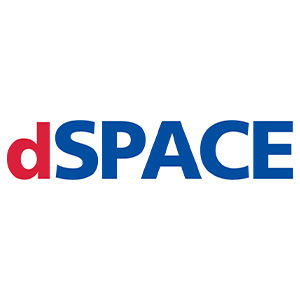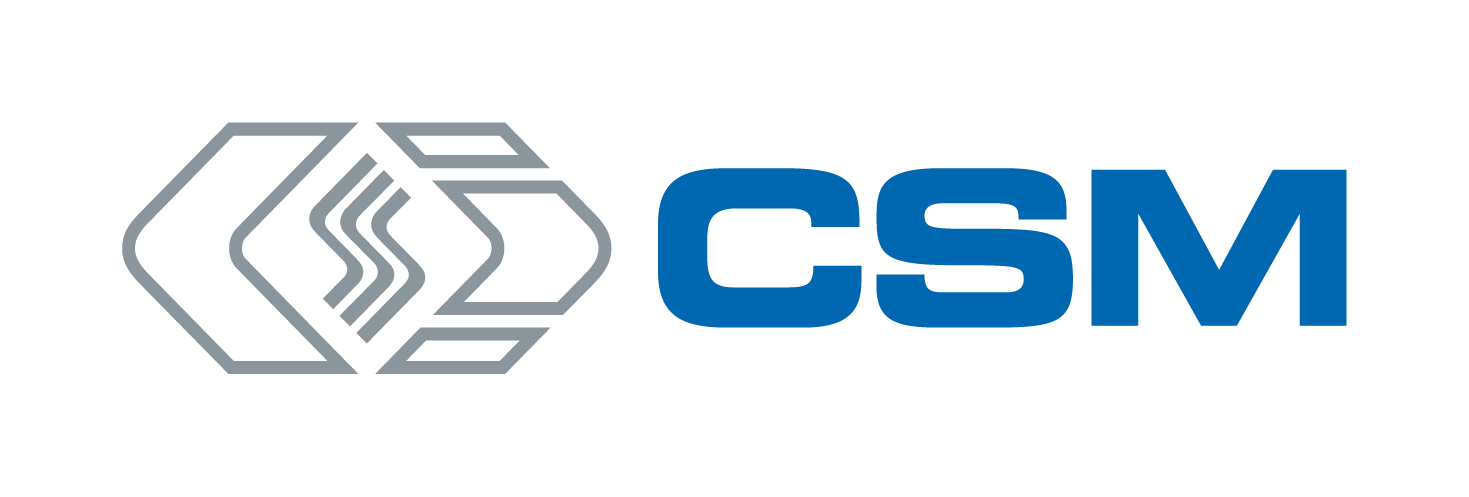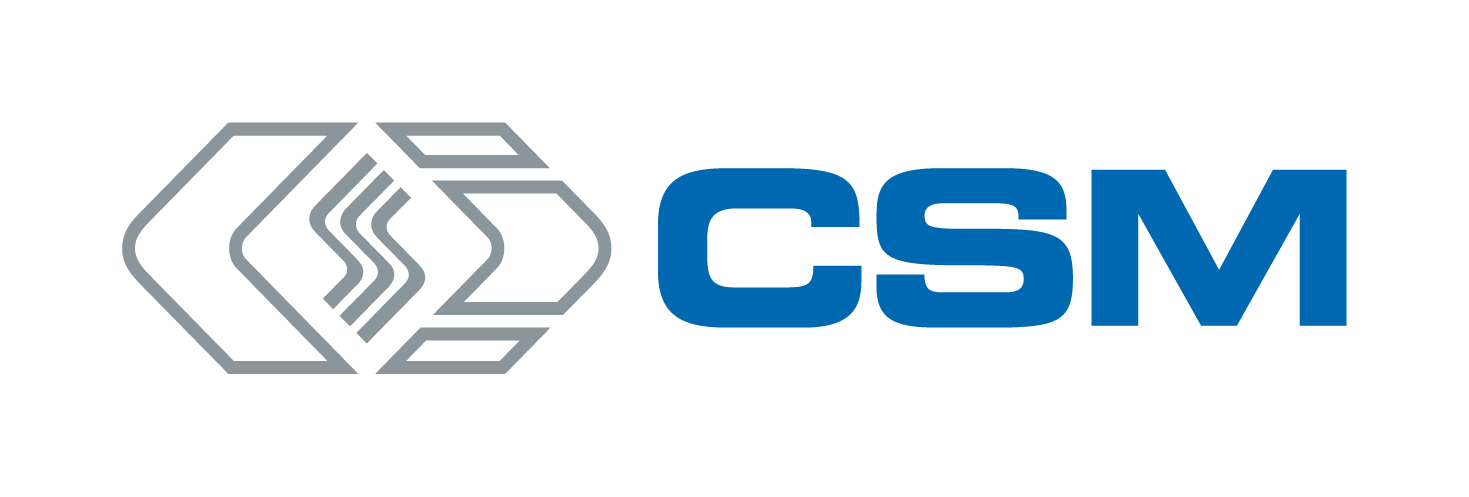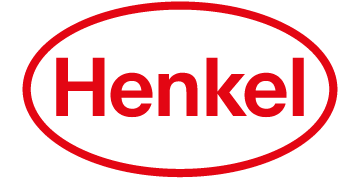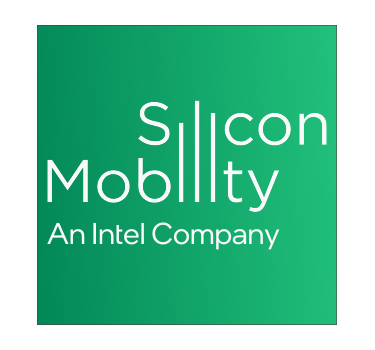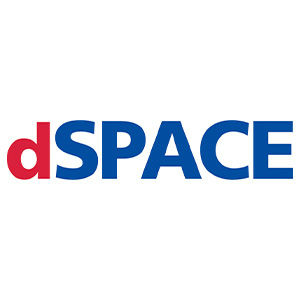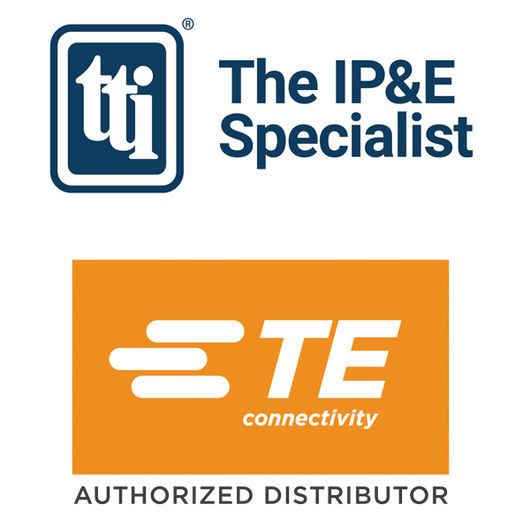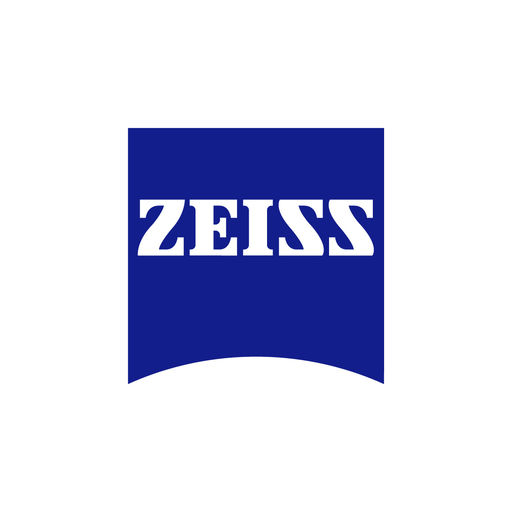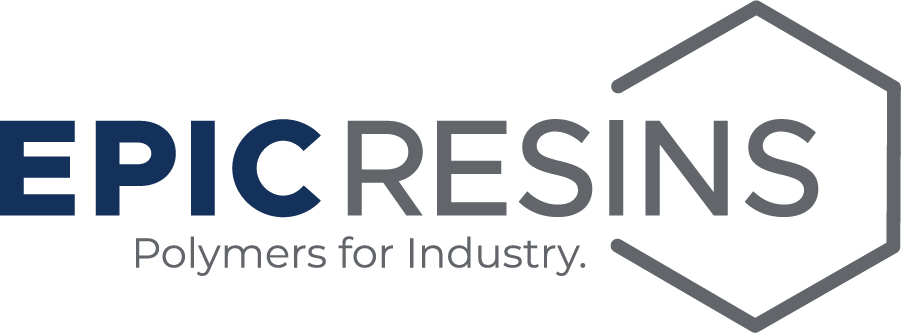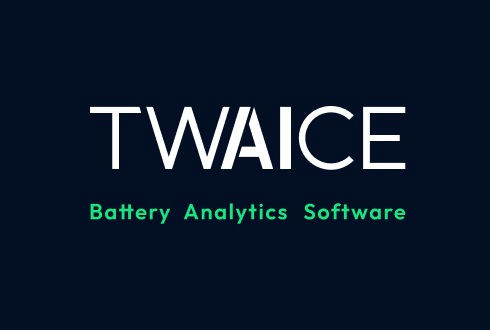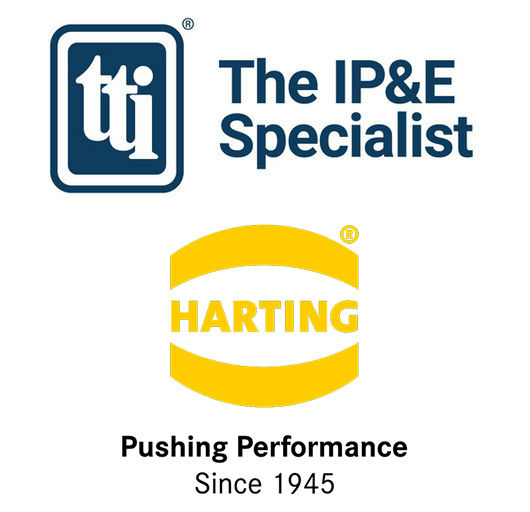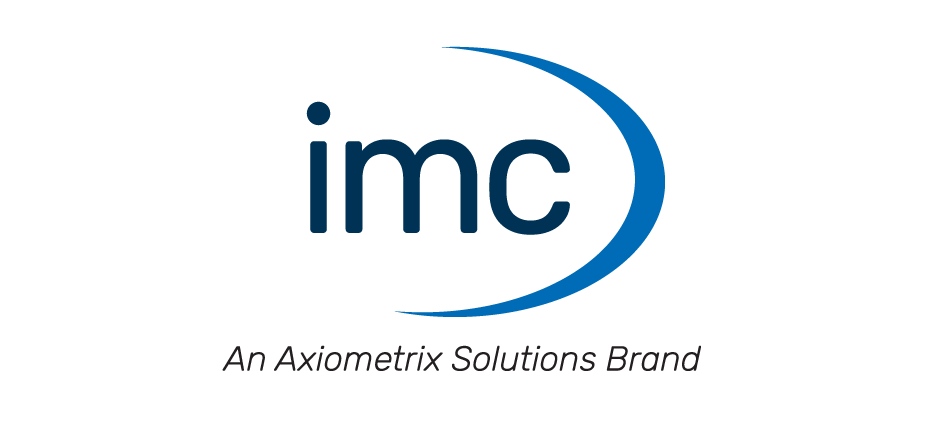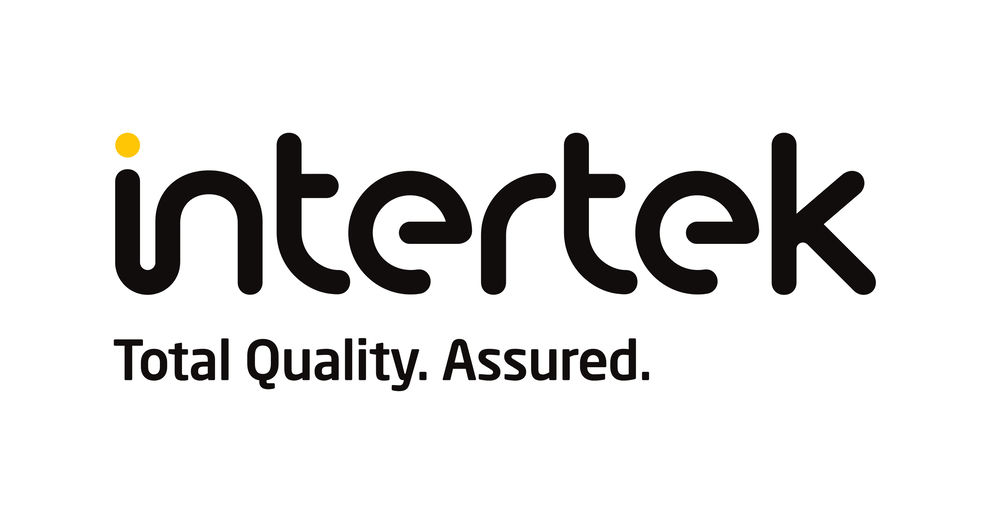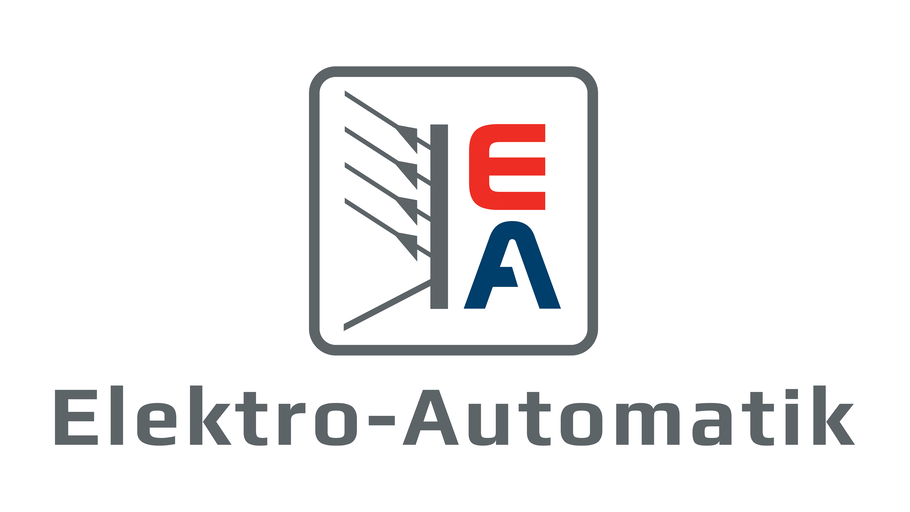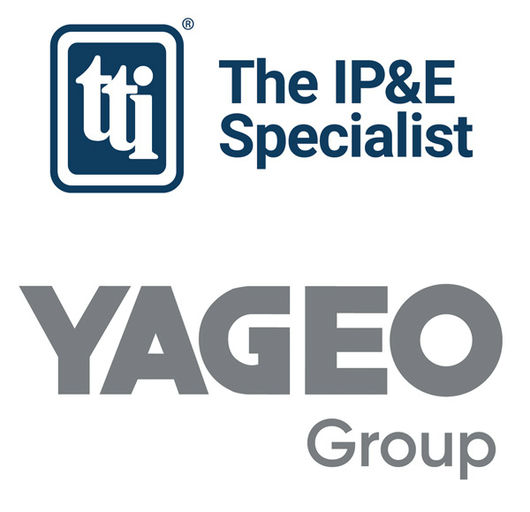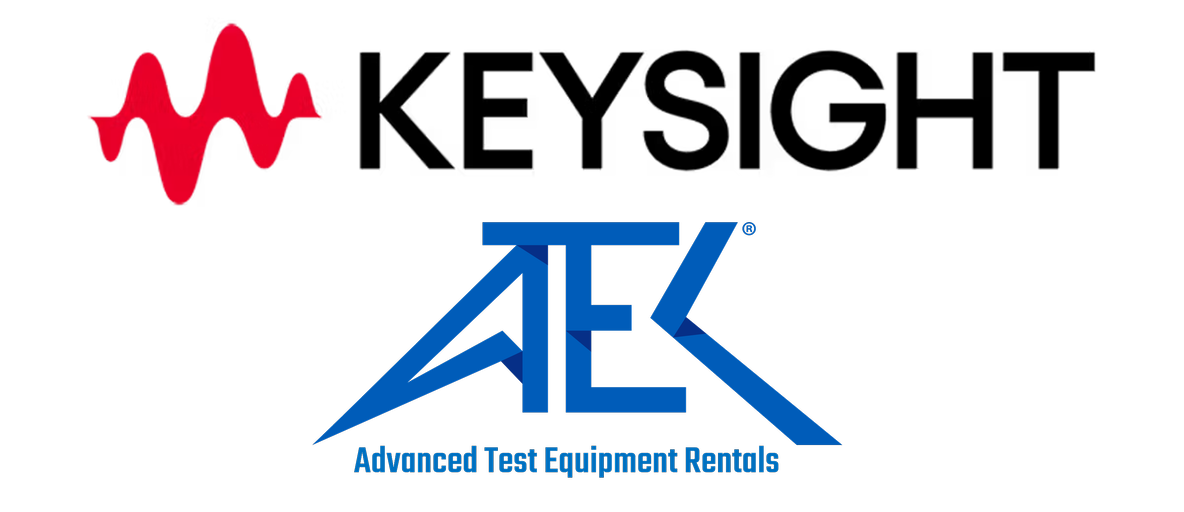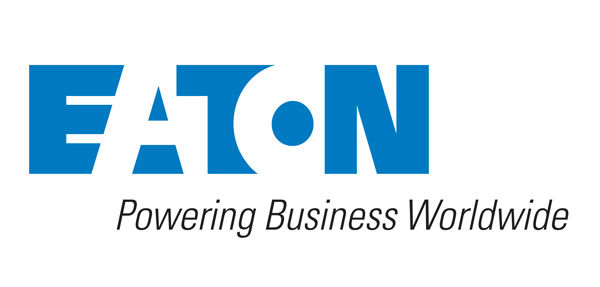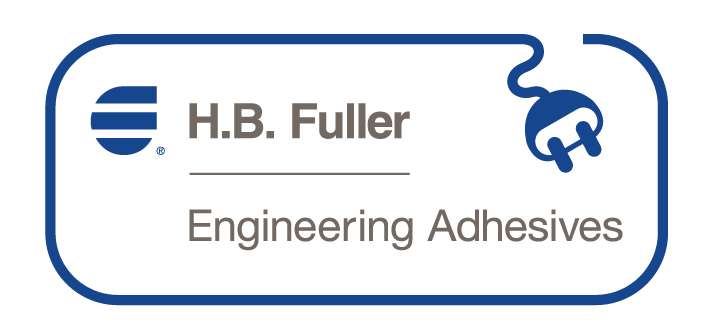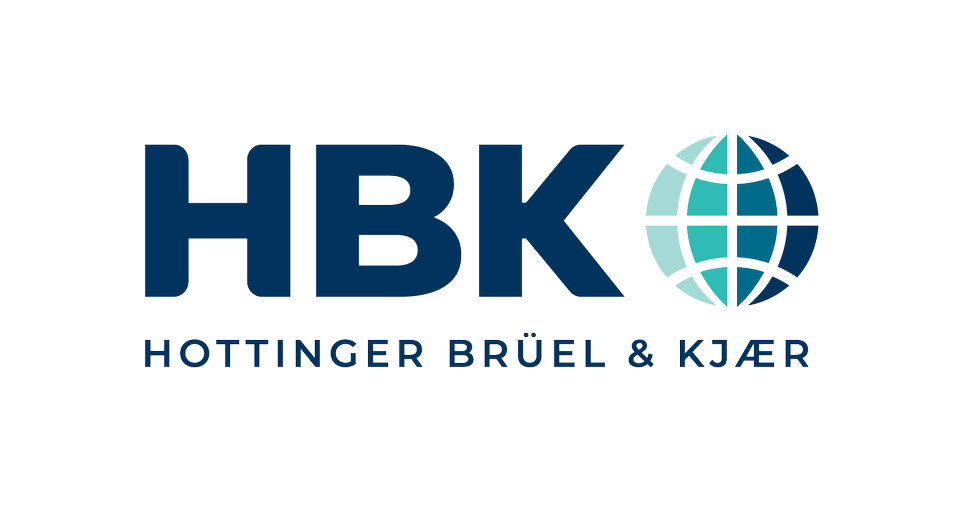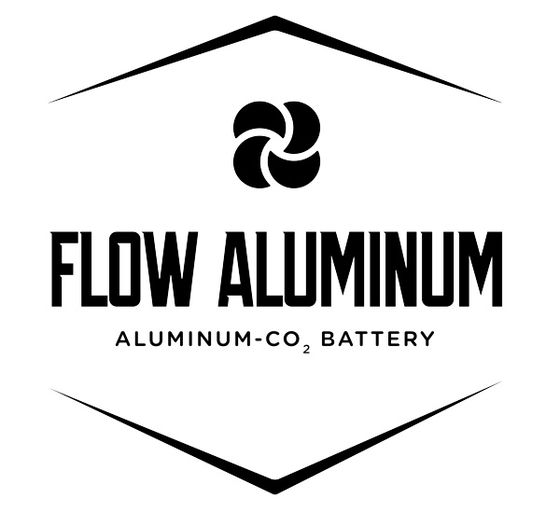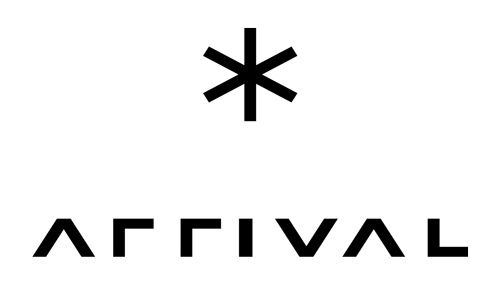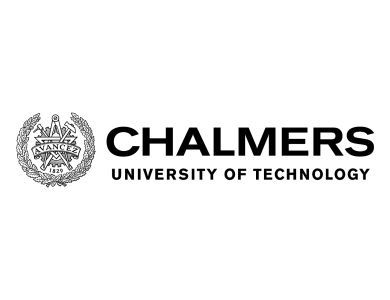Subaru is using hardware-in-the-loop (HIL) technology from National Instruments (Nasdaq: NATI) to simulate actual road conditions for EV testing.
Traditionally, engineers have conducted vehicle tests using finished cars on test courses or public roads. However weather and fluctuating road surface conditions can make it difficult to conduct reproducible tests. Moreover, according to NI, EVs are extremely complex due to their many interdependent subsystems, making road testing a challenge for automotive engineers with short development cycles and pressure to limit costs.
To combat these issues, Subaru replaced the roads in its validation tests with an HIL simulation solution built on NI PXI products and LabVIEW software. With the HIL system, Subaru can eliminate environmental factors and test a vehicle’s embedded controller in a virtual environment before running real-world diagnostics on the complete system.
Subaru outfitted its vehicle test solution with a controller-driven dynamometer from HORIBA and CarSim vehicle dynamics simulation software from Virtual Mechanics. Together, these systems produce load conditions equivalent to those generated on actual roads, and transmit the calculated values to the NI HIL system in real time to create closed-loop control between the models on the HIL system and the driving system.
Subaru plans to use this test system at the final stages of development for EVs as a final quality check. The company anticipates reducing labor hours by half compared to conventional methods.
“By using NI PXI products and LabVIEW, we were able to completely implement a customized HIL system in just one to two weeks and develop our software in-house,” said Daisuke Umiguchi, of Subaru’s Electrified Power Unit Research and Experiment Department. “This helped us keep product purchasing costs to around one third of the cost of adopting solutions from other companies, and, because of our familiarity with LabVIEW, to keep our software development costs to around one sixth of the cost of commissioning an outside developer.”
Source: National Instruments via Green Car Congress








